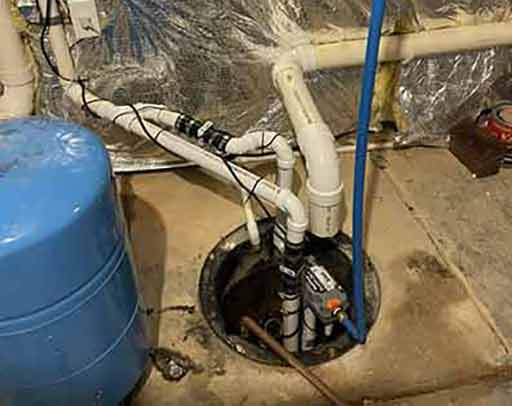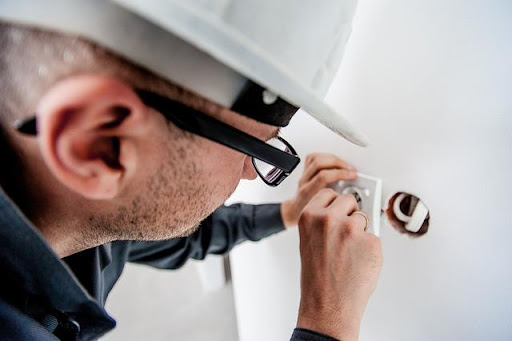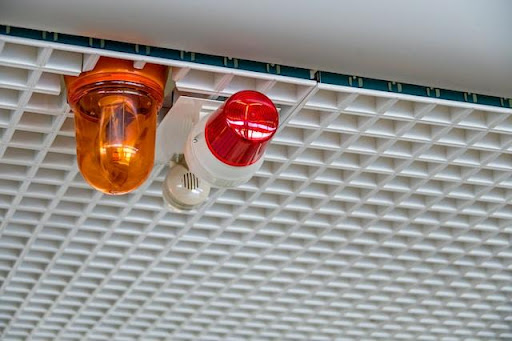
As the holiday season approaches, it is important to ensure that your home is prepared for the increased demand for hot water. With the arrival of guests and the need for more frequent showers and baths, it becomes crucial to keep your hot water running smoothly throughout the holiday period. Here we will discuss some practical tips and strategies to help you maintain a consistent supply of hot water during this festive time.
Perform Routine Maintenance
Before the holiday season kicks in, schedule a routine maintenance check for your hot water system. A professional plumber can inspect your system, identify any potential issues, and make necessary repairs or replacements. This preemptive measure will help prevent any unexpected breakdowns and ensure that your hot water keeps flowing uninterrupted.
In addition to professional maintenance, there are a few simple tasks you can perform yourself:
- Check for leaks: Inspect all joints and connections for any signs of leaks. Even a small leak can significantly affect the performance of your hot water system.
- Flush the tank: Sediment buildup can hinder the efficiency of your hot water system. To flush the tank, turn off the power supply, connect a hose to the drain valve, and let the water run until it appears clear.
- Test the pressure relief valve: The pressure relief valve ensures that excessive pressure doesn’t build up in the tank, which can be dangerous. Test the valve by lifting the lever and allowing some water to escape. If it doesn’t release water or if it leaks continuously, it may need to be replaced.
Insulate the Pipes
One common issue during the holiday season is the heat loss experienced by water pipes as they transport water to different parts of your home. By insulating your pipes, you can minimize heat loss, improve energy efficiency, and reduce the time it takes for hot water to reach faucets or showers.
You can easily insulate your pipes using foam or fiberglass sleeves. Measure the length of the pipes in need of insulation and cut the sleeves accordingly. Wrap the sleeves around the pipes, ensuring a snug fit. Pay particular attention to pipes exposed in unheated areas such as crawl spaces or attics.
Set the Right Temperature
Setting your hot water system to the right temperature can not only ensure a steady supply of hot water but also save energy. The recommended temperature for most households is between 120°F (49°C) and 125°F (52°C). This temperature is considered safe for daily use while preventing any risk of scalding.
During the holiday season, it is common for households to increase the temperature setting due to the higher demand for hot water. However, it is essential to find a balance between comfort and energy efficiency. Adjust the temperature setting based on the number of guests and their hot water needs, but avoid excessively high temperatures that can waste energy.
Time Your Water Usage
Managing water usage during peak demand periods can help ensure that everyone in your household has access to hot water when needed. Consider implementing a schedule or rotation system for showers and baths, allowing time for the water system to replenish between uses.
If you have a dishwasher or washing machine, try to run them during off-peak hours. This way, you can avoid competing for perfect water temperatures with other household members who may need it for personal use.

While tankless water heaters have a higher upfront cost, they offer long-term benefits such as energy efficiency, space savings, and an endless supply of perfect temperature water.
Consider a Tankless Water Heater
If you find that your hot water system is consistently unable to meet the demands of your household, you might consider installing a tankless water heater. Unlike traditional storage tanks, tankless water heaters heat water on demand, providing a continuous supply of hot water without the need to wait for a tank to refill.
While tankless water heaters have a higher upfront cost, they offer long-term benefits such as energy efficiency, space savings, and an endless supply of hot water. This type of system is particularly advantageous during the holiday period when hot water demand is at its peak.
Wrapping it Up
By following these tips, you can ensure that your hot water system continues to run smoothly throughout the holiday season. Remember to perform routine maintenance, insulate the pipes, set the right temperature, time your water usage, and consider upgrading to a tankless water heater if necessary.
With these strategies in place, you can provide a comfortable and enjoyable experience for both your family and your holiday guests, ensuring that hot water is readily available whenever needed.


